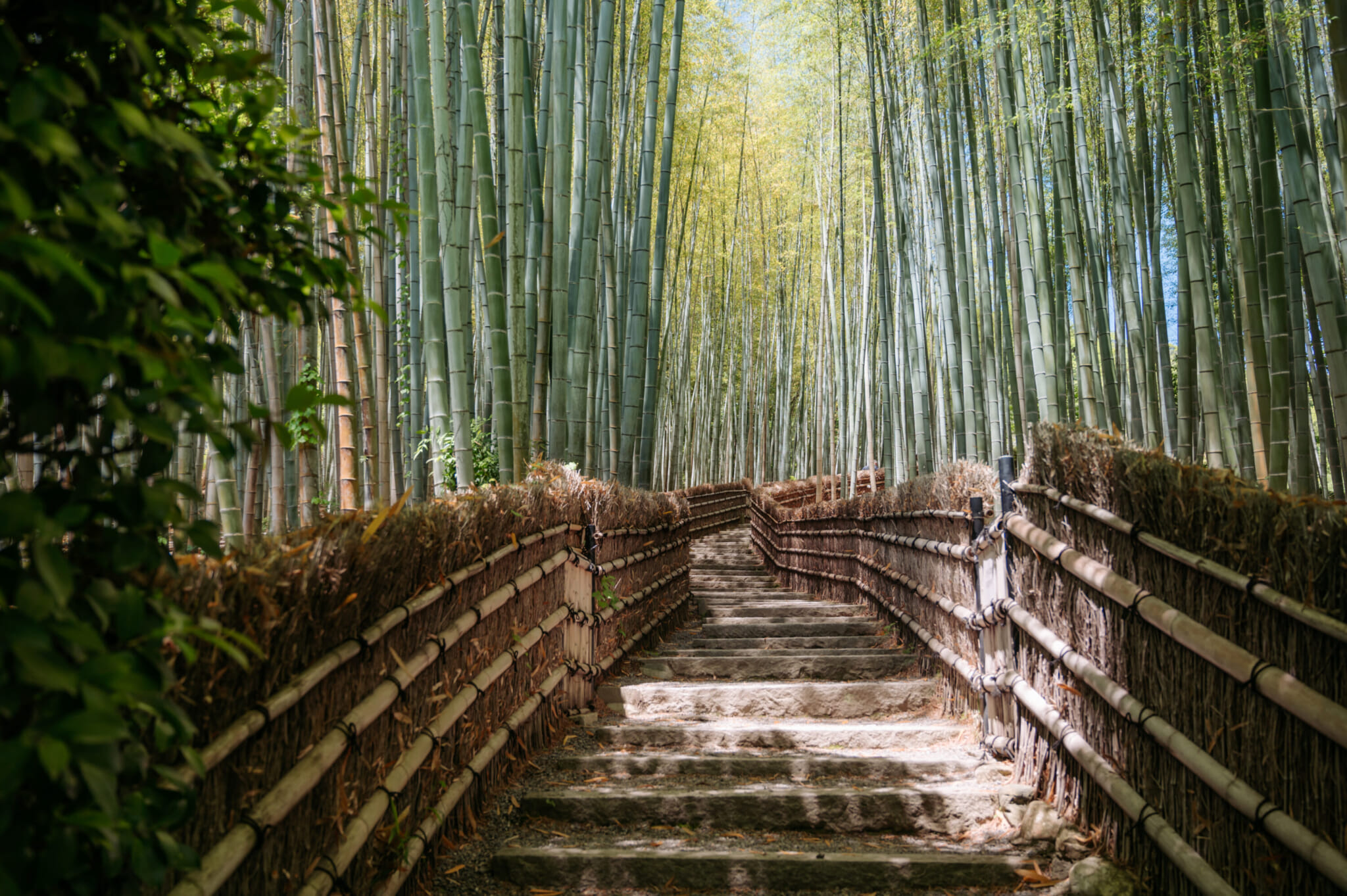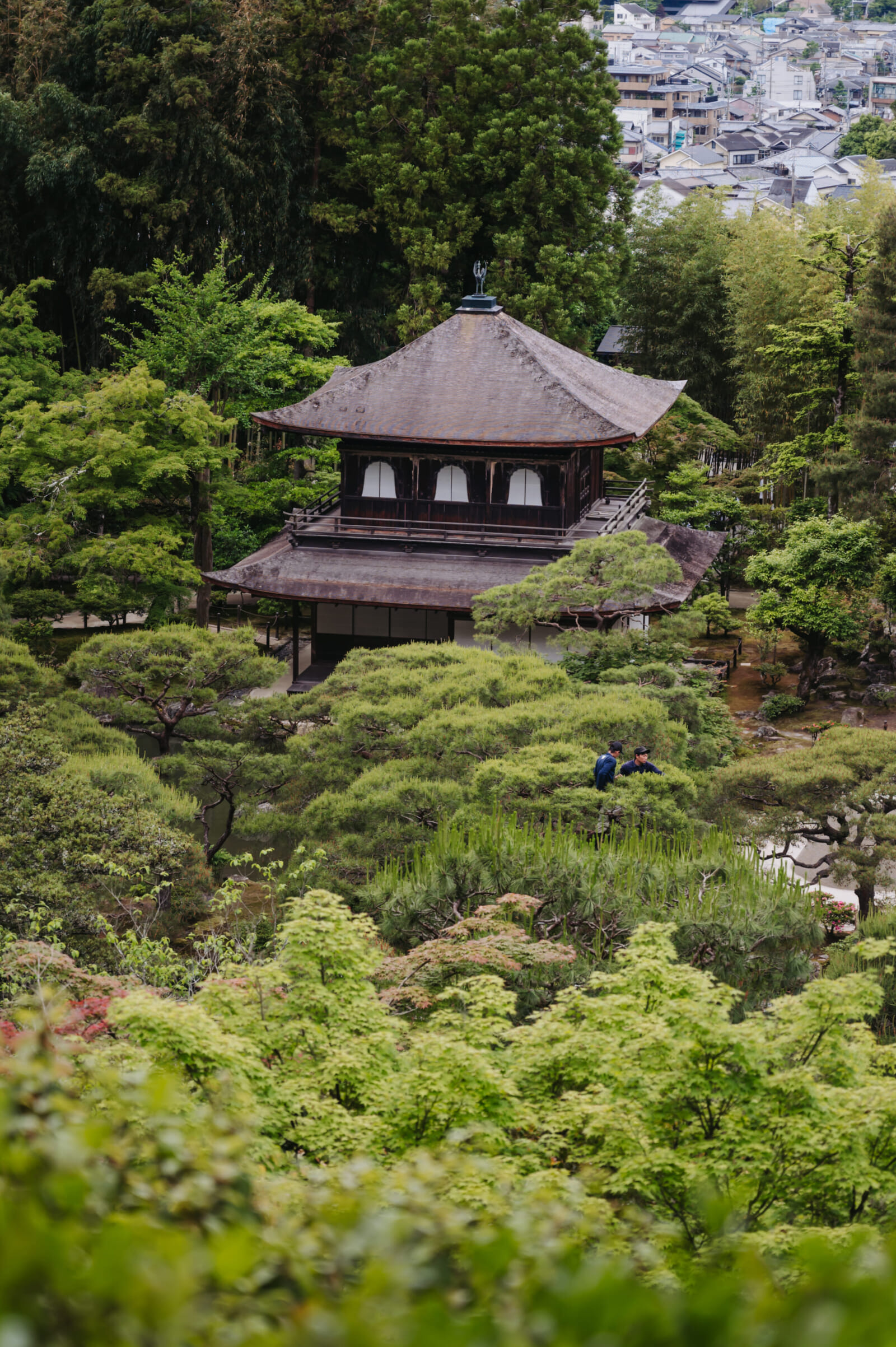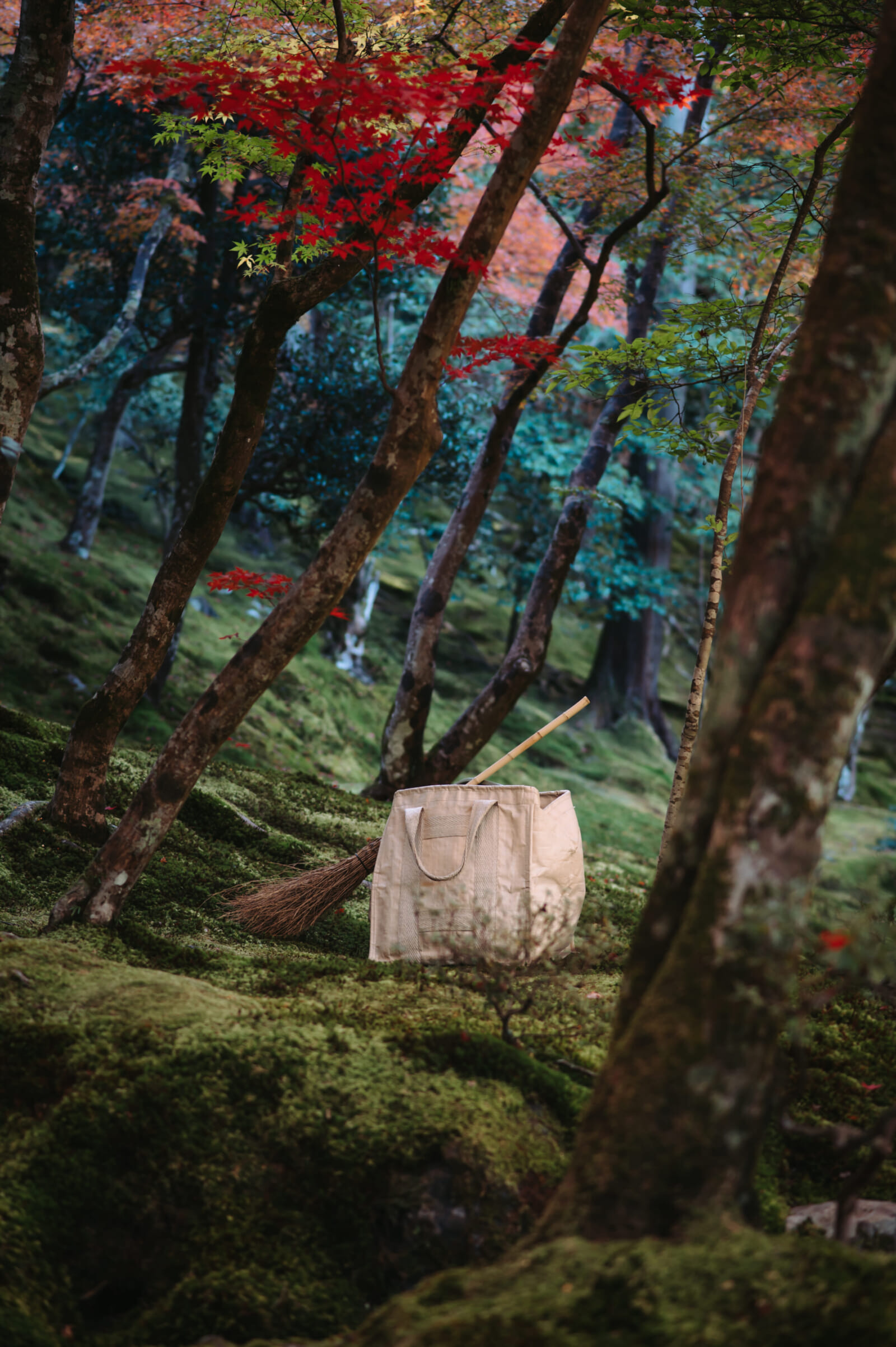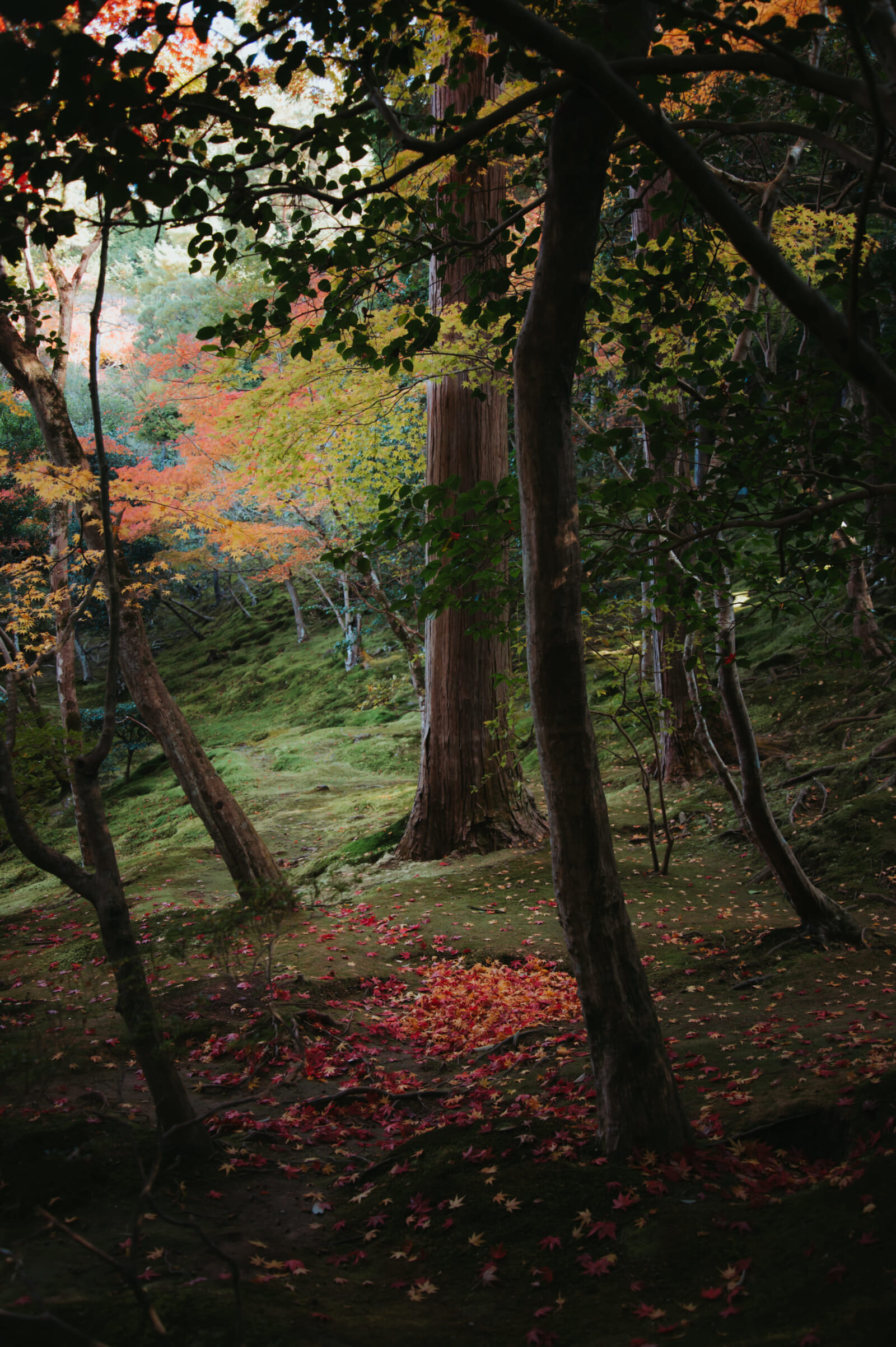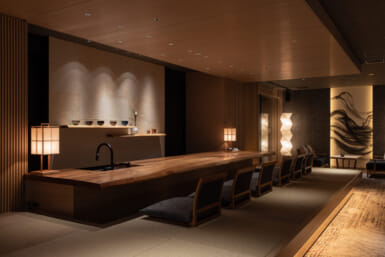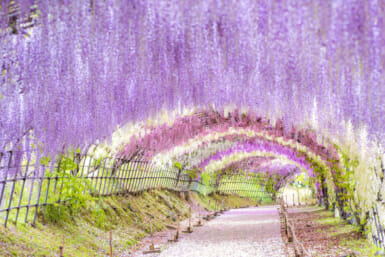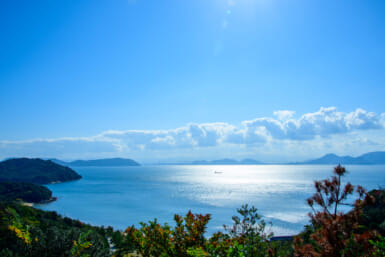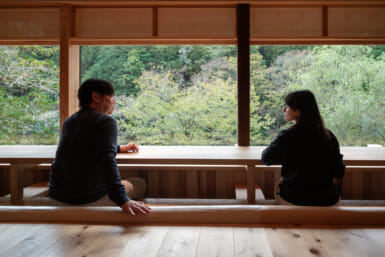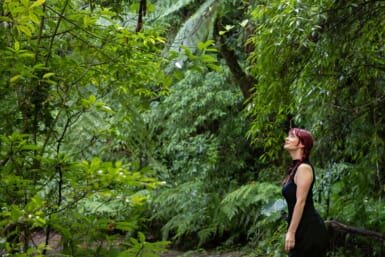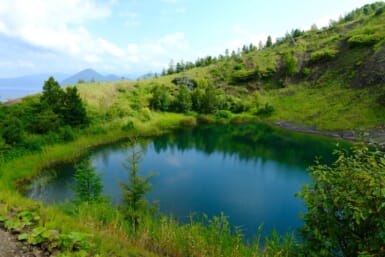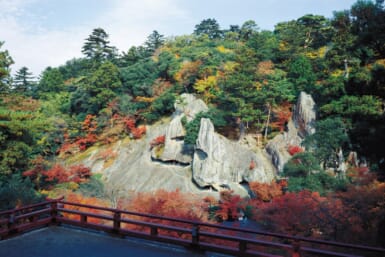This article appeared in Kansai Weekender 2024.
To read the entire issue, click here.
Kyoto’s image as a city overrun with tourists often stems from a concentrated focus on a handful of Instagram-famous spots. These photogenic sites, such as Fushimi Inari, Ninenzaka and Kinkakuji, are undeniably beautiful, but they have become almost synonymous with heavy crowds and congestion.
Just outside these well-trodden paths, however, are hundreds of temples and shrines, each with its own rich culture and story, that are often overlooked and waiting to be explored. Here are a few lesser-known temples and shrines in Kyoto that we think deserve a visit next time you’re in town.
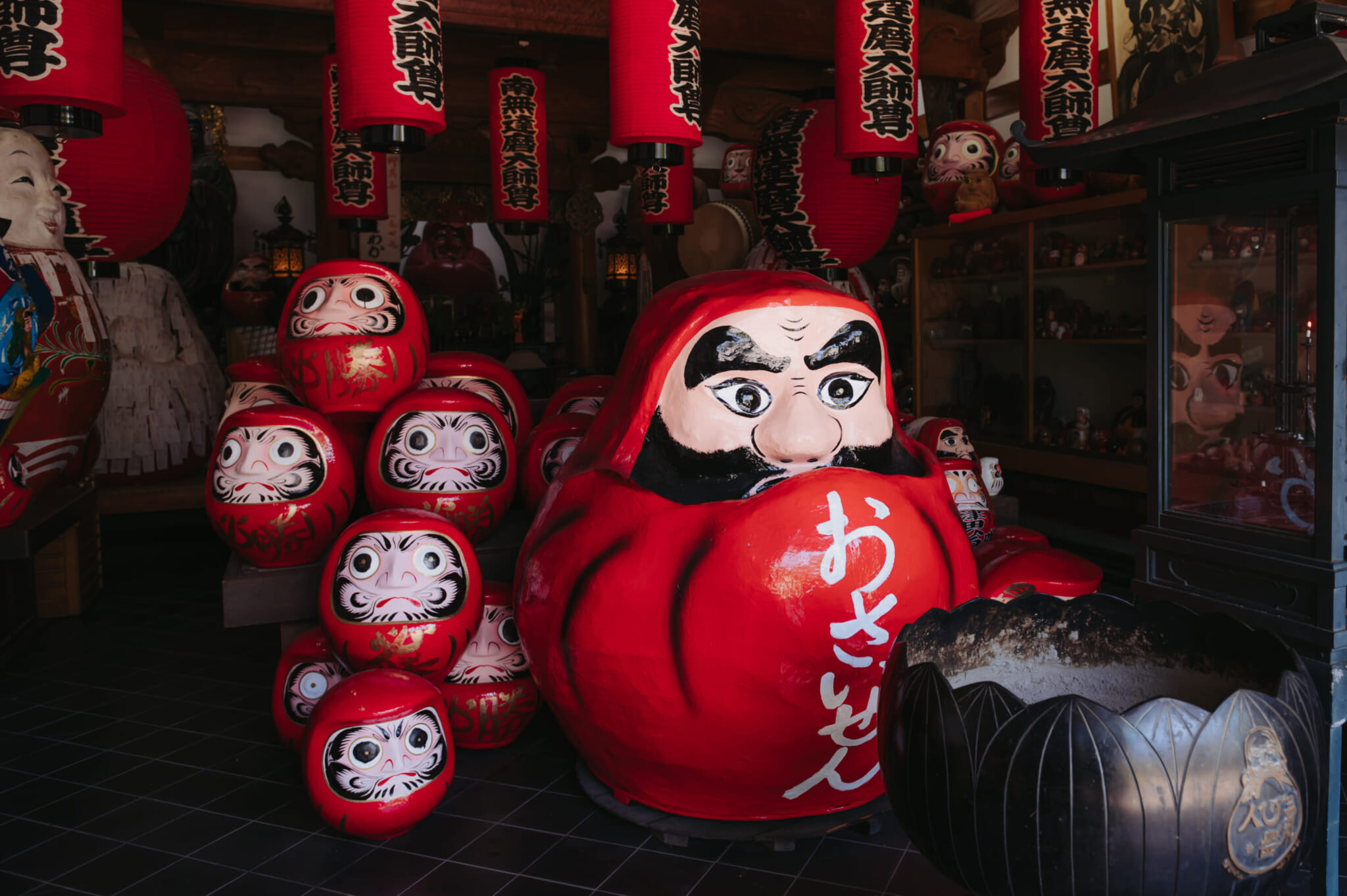
Horin-ji
Located in a quiet neighborhood close to Enmachi Station, Horin-ji is better known as Daruma-dera, owing to its collection of over 8,000 daruma dolls from across Japan. Daruma are good luck talismans representing perseverance and good fortune, and throughout the main grounds are paintings, sculptures and carvings of the auspicious doll.
Located inside Bodhidharma Hall, the temple’s outdoor hall, are daruma of all shapes and sizes, as well as an impressive painting of Bodhidharma, first patriarch of Zen Buddhism and the inspiration for daruma dolls, on the ceiling by prolific Japanese artist Higuchi Bunsho. You can enter the temple grounds and Bodhidharma Hall for free, but if you’d like to explore the Zen garden and expansive collection of daruma inside the larger building, Shusei-do, you’ll need to pay ¥300.
Once you’ve finished exploring the temple, make sure to drop by Marusan Cafe & Gallery just a short walk down the road. The café’s owner, Yoko-san, is a friendly Kyoto-ite who loves sharing the city’s unique culture with international travelers (and makes an incredible egg sandwich).
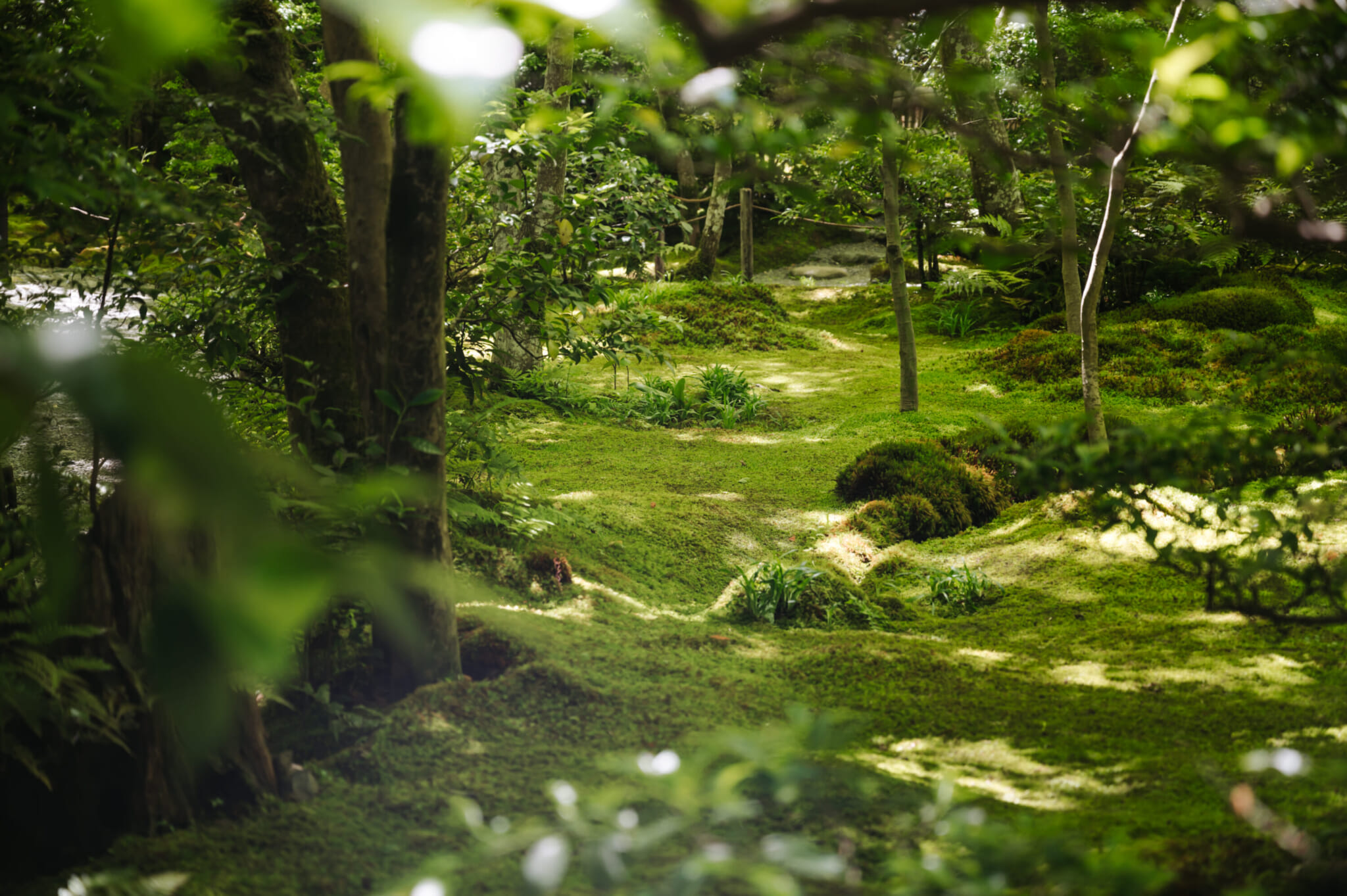
Gioji Temple
Gioji Temple, tucked away in the streets of Arashiyama, is a tranquil temple with a verdant moss garden, modest thatched hut and small bamboo grove that creates an ethereal and mystical atmosphere. The temple is known for its connection to the tragic story that appeared in The Tale of Heike. The story goes that a dancer named Gio was favored by Taira no Kiyomori, a powerful warlord, but their relationship ended in heartbreak. She became a nun and entered the temple with her mother and sister.
The temple is worth visiting in all seasons, but particularly so in autumn when the red maple leaves contrast with the plush mossy carpet below.
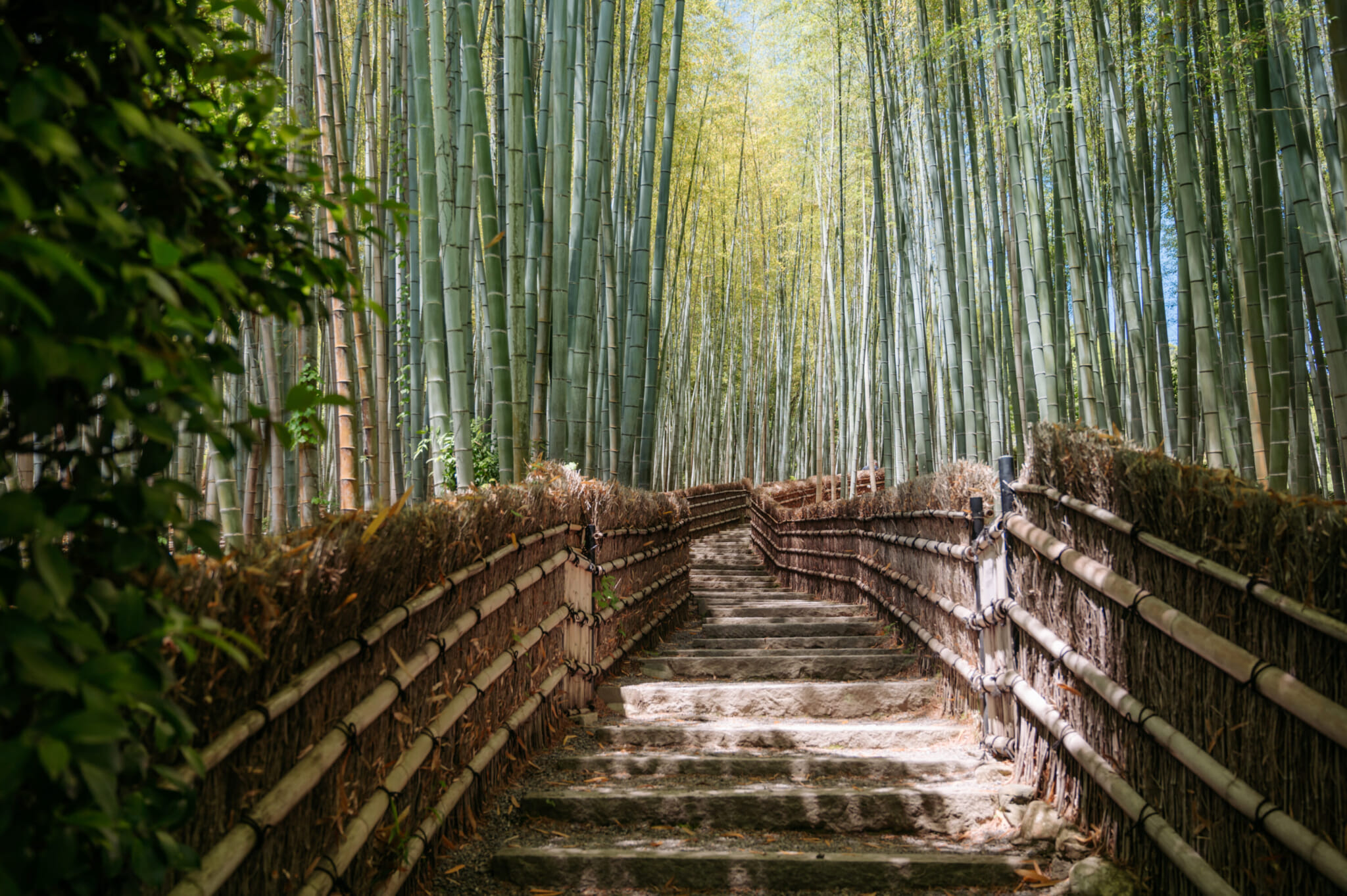
Adashino Nenbutsuji Temple’s Bamboo Grove
Arashiyama Bamboo Forest is often considered a must-visit location in Kyoto, but since it’s become a viral photography spot, it’s rare to visit without the crowds. Just a 20-minute walk away, along the beautifully scenic Saga Toriimoto Preserved Street, is a temple with deep historical significance and an (arguably) more beautiful bamboo forest.
Adashino Nenbutsuji Temple was founded by renowned Buddhist monk Kukai (posthumously named Kobo Daishi) around the 8th century. The temple is home to over 8,000 small statues representing the souls of those who died without family.
The bamboo forest at the rear of the temple is serene and picturesque, and photography is allowed; however, out of respect for the deceased, there are some places where photography is not permitted, so keep your eye out for signs.
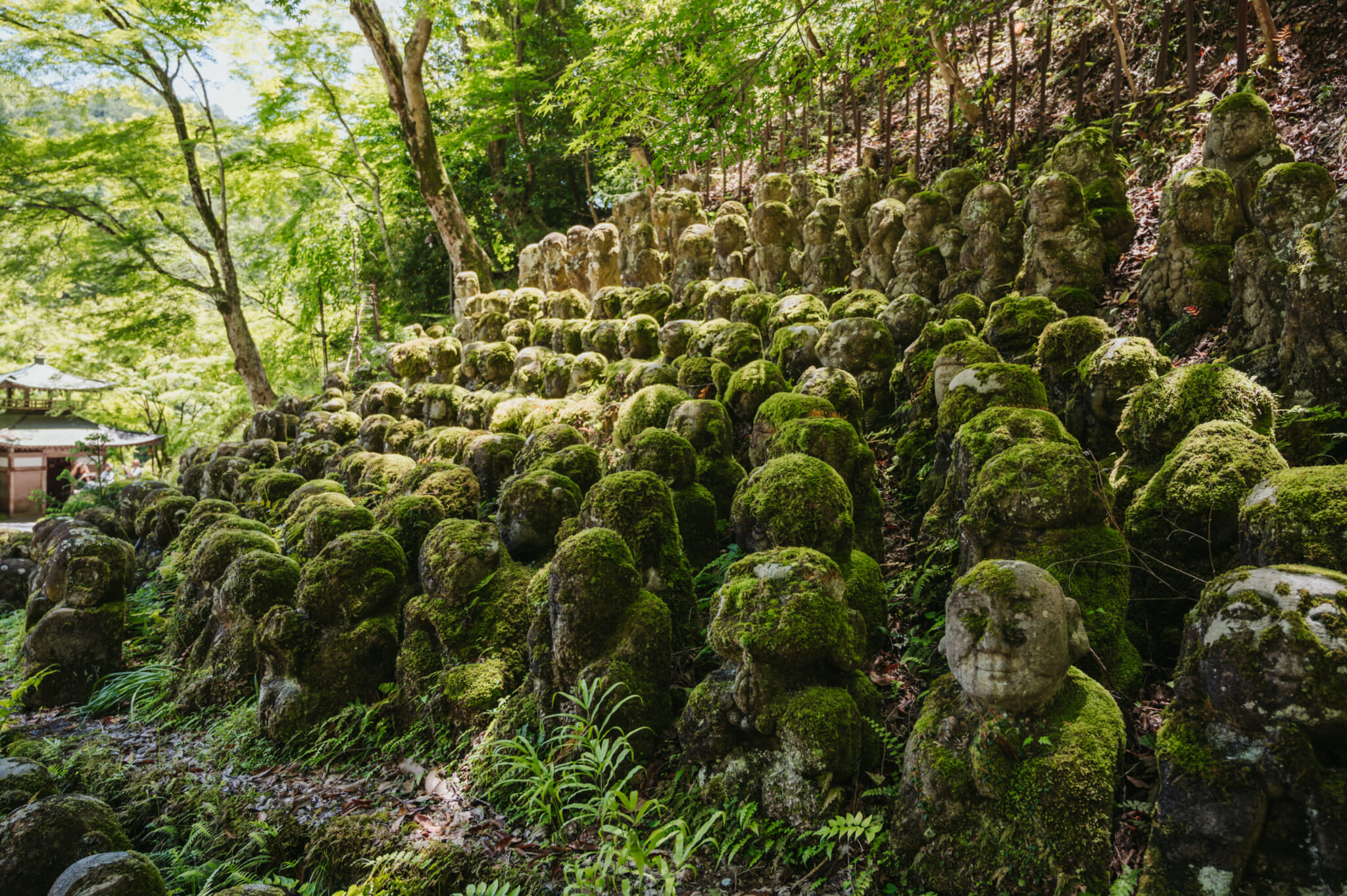
Otagi Nenbutsuji Temple
About a 10-minute walk from Adashino Nenbutsuji, you’ll find Otagi Nenbutsuji, best known for its collection of 1,200 unique rakan (disciples of Buddha) statues. These statues were individually carved by worshippers and artists in the 1980s as part of a temple restoration project, and each statue is unique in its pose and expression.
Since it’s a bit of a walk from central Arashiyama, you can be guaranteed that the crowds will thin out, perfect for a serene and contemplative experience in Kyoto.
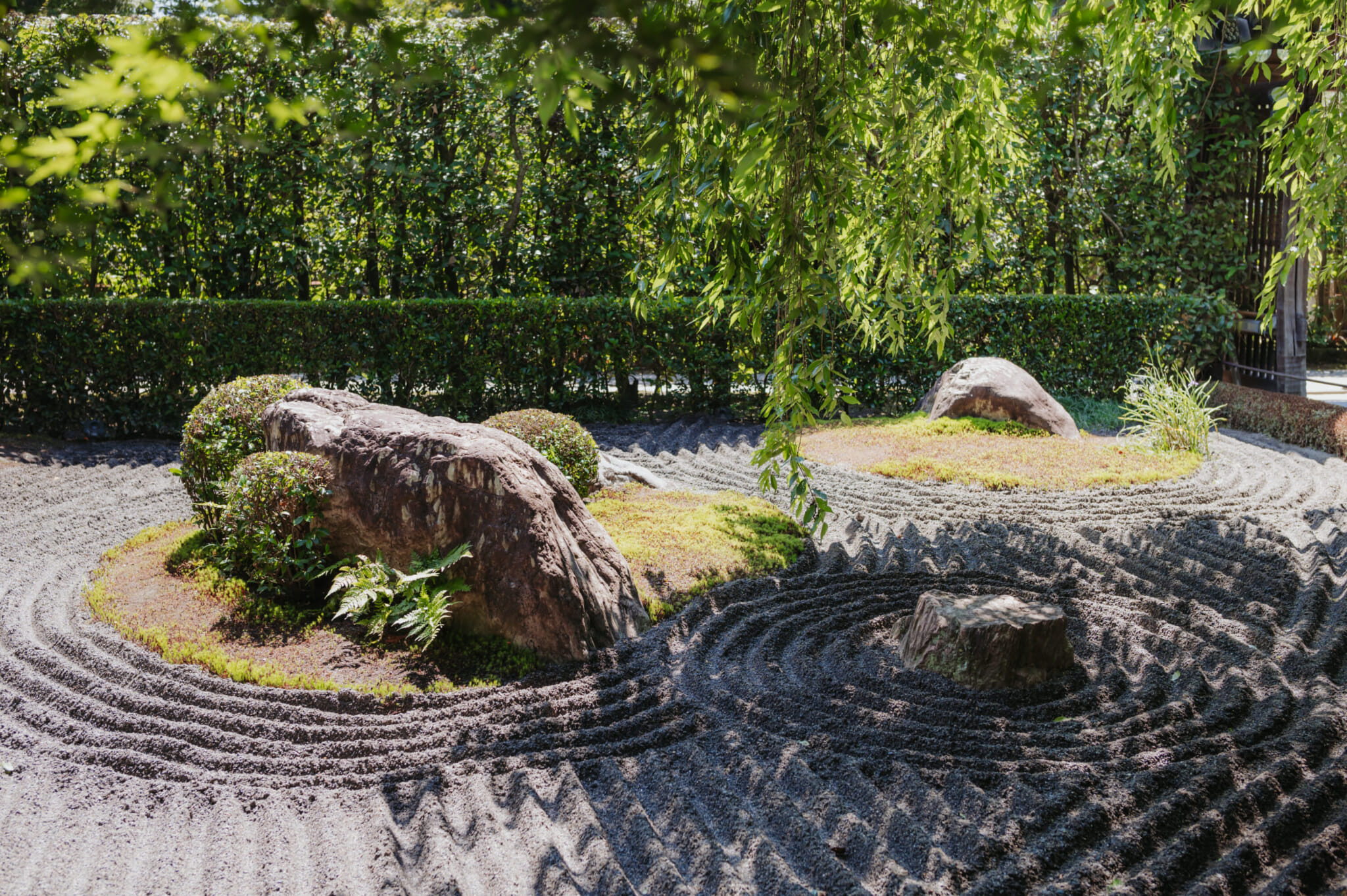
Myoshin-ji Taizo-in
Myoshin-ji Taizo-in is one of around 50 subtemples within the Myoshin-ji temple complex, and it’s one of the most popular. The temple features two gardens: a dry landscape garden created by Kano Motonobu in the 16th century and Yoko-en, a large garden featuring lush, seasonal plants and a pond.
The temple’s most notable feature, however, is an important artwork named “Hyonenzu” (“Catching a Catfish with a Gourd”), a designated National Treasure of Japan. The artist, Josetsu, is considered the founder of ink painting in Japan, and this piece is said to be his greatest masterpiece.
The temple offers tours and programs in English, such as temple tours, Zen meditation experiences, tea experiences and vegetarian lunch, that can be booked through the official website. Despite this, it remains relatively uncrowded and is a true hidden gem.
Ginkaku-ji
While the crowds usually head to Kinkaku-ji, the highly photogenic and shiny Gold Pavilion, Kyoto is also home to a Silver Pavilion: Ginkaku-ji. However, the temple is famously not silver. It was originally built in the 15th century for a shogun who intended to cover it in silver leaf, though this never occurred. Despite its lack of shininess, the temple exudes a demure, ancient elegance that embodies the principles of wabi-sabi.
Of all of the temples I’ve visited in Kyoto, Ginkaku-ji has some of the most beautiful gardens: There’s a large dry rock garden, lush moss surrounded by seasonal flora, small waterfalls and stone bridges. You also can’t miss Kogetsudai, a mysterious mountain-shaped sand structure known as the moon-viewing platform, though its actual purpose is a little unclear.
Ginkaku-ji lies at the start of the Philosopher’s Path, a peaceful walk that connects Ginkaku-ji with Nanzen-ji via dozens of small temples and shrines in the hills of Higashiyama. We recommend stopping by Honen-in, Anraku-ji and Otoyo Shrine on the way.
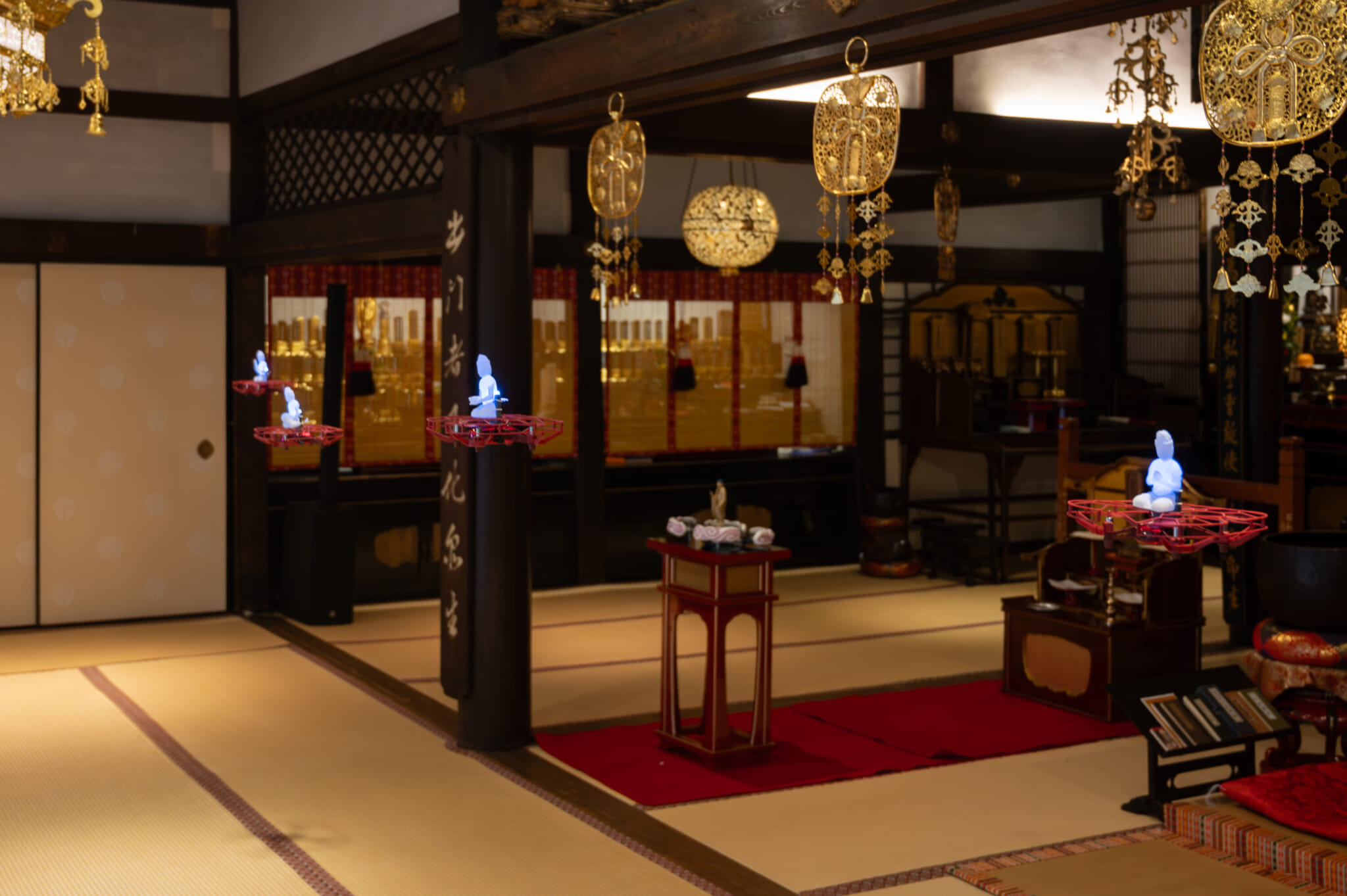
Ryuganji Temple
Not far from Kyoto Station is a temple that’s reimagining Buddhist worship using modern technology. One of their most notable projects, which debuted in November 2018, is the use of drones during worship.
Ryuganji Temple’s chief priest, Ryuho Ikeguchi, collaborated with Buddhist sculptor Yozan Miura to create the Drone Buddha, a 3D sculpted Buddha set atop a small flying drone that expresses the Buddhist wish of visiting paradise.
The temple is leaning into contemporary culture and innovation, as they also offer a philosophical maid café experience and Buddhist altar goods that can be purchased through a gacha (capsule toy machine). While some of these events only occur a few times a year, we recommend stopping by this temple and supporting Ryuho Ikeguchi and his innovative efforts.

